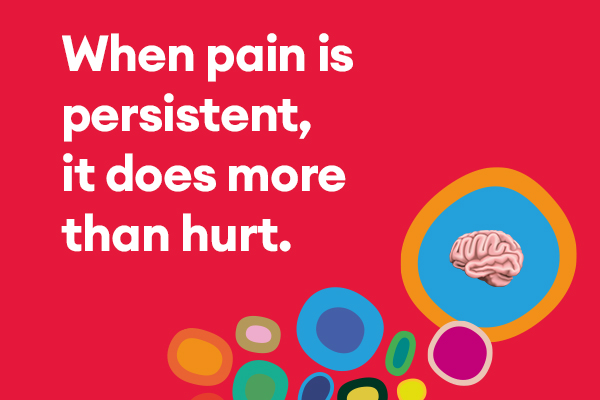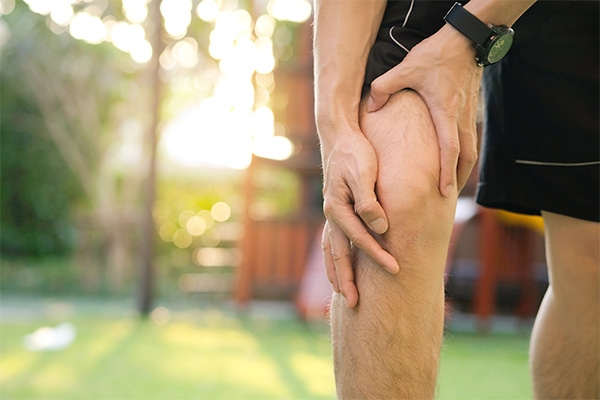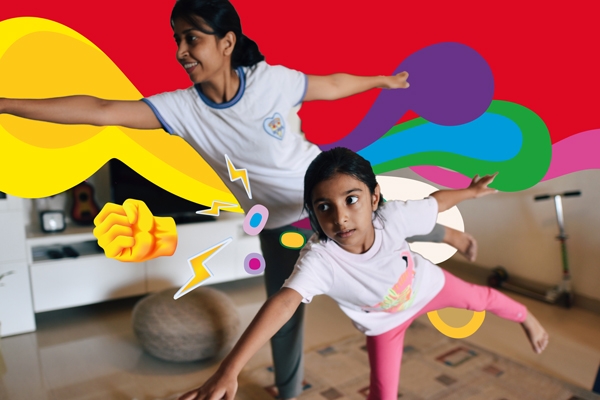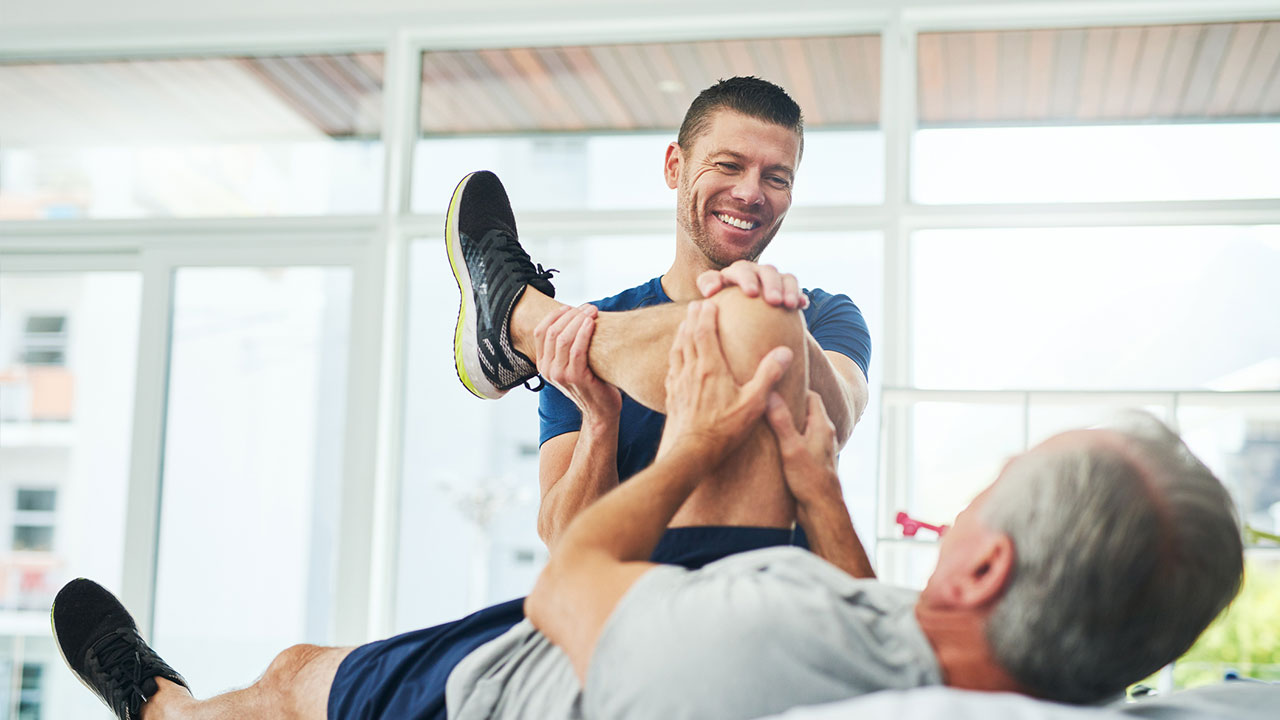Written by Medibank
July 2023
If you have knee pain caused by osteoarthritis, fortunately there are a few different treatments available that may provide relief. However, you may not know that certain forms of exercise are considered one of the most important knee osteoarthritis treatments.
Discover why and which osteoarthritis exercises are helpful for managing knee pain.
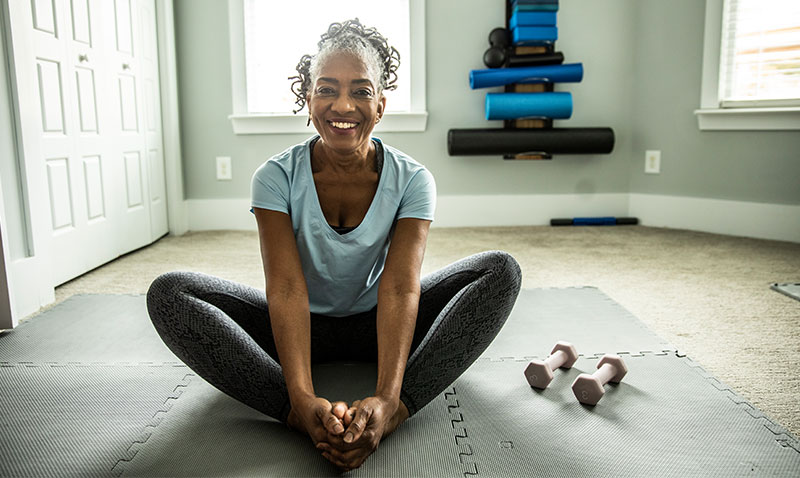
How does exercise help with knee pain?
When you combine a mix of flexibility exercises, muscle strengthening movements and activities that build fitness, exercise may help to reduce pain associated with knee osteoarthritis, improve joint mobility and can also strengthen the muscles around your knee to support and take the pressure off the joint.
Plus, exercise may also help you lose or maintain a healthy weight, which on its own can noticeably reduce symptoms of knee osteoarthritis. If you’re unsure whether you could benefit from losing some weight, there are some helpful calculations you can make.
5 exercises for knee osteoarthritis
If you’re living with knee osteoarthritis, or think you may be, a variety of different exercises may be useful, including low-impact exercises such as walking, water-based exercises to take the pressure off your knee joint, and even tai chi. But it’s strength-building exercises that can have a real impact, due to the way they strengthen the knee’s surrounding muscles to support the joint and help to reduce pain.
Here’s a handful of exercises to consider trying, remembering that it’s always wise to see a physiotherapist or exercise physiologist before you begin any strength-building program so you can get started safely.
1. Bridge
Lie down on your back on a mat on the floor and raise your knees with your feet flat on the floor. Keeping your shoulder blades on the floor, slowly raise your bottom up off the mat. Hold for 5 seconds before slowly reversing the movement.
2. Seated knee extension
Place a dining chair up against a wall for stability and sit down on it. Slowly straighten the leg with knee arthritis out in front of you, until it is as straight as possible. Hold for 5 seconds before slowly reversing the movement. Repeat on your other leg.
3. Sit to stand
Remain seated in the chair with your feet flat on the floor, then stand up slowly without using your hands by leaning your torso slightly forward over your thighs and bringing your hips under your body as you straighten up. Reverse the movement to sit back down slowly.
4. Calf raises
Move the chair away from the wall and stand behind it, placing your hands on the chair back for stability. Rise up onto your toes slowly, hold for 5 seconds and then slowly lower your heels back to the floor.
5. Standing leg side raises
Remain standing behind the dining chair so you can use it for support, with your shoulders and hips facing forwards and your feet together. Keeping your body still and your knee straight, raise the leg with knee osteoarthritis out sideways from your body. Lead with your heel, keeping your knee and toes pointing forward. Hold for 5 seconds before reversing the movement. Repeat with your other leg.
Try to perform up to 2 sets of 10 repetitions for each of the five exercises, running through the full routine at least 3 times a week.

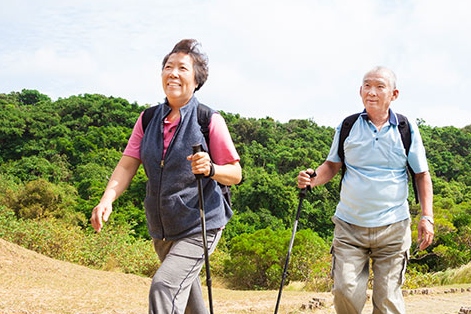
Better Knee, Better Me
This program typically combines personalised plans for exercise, weight loss and pain management that aims to help eligible members better manage painful knee osteoarthritis and help reduce the impact it has on their quality of life. Clinical and product eligibility criteria apply. Your program journey may be different depending on your needs.
Read more about joint pain
Looking for something else?
Visit Joint health for more information.
Things you need to know
While we hope you find this information helpful, please note that it is general in nature. It is not health advice, and is not tailored to meet your individual health needs. You should always consult a trusted health professional before making decisions about your health care. While we have prepared the information carefully, we can’t guarantee that it is accurate, complete or up-to-date. And while we may mention goods or services provided by others, we aren’t specifically endorsing them and can’t accept responsibility for them. For these reasons we are unable to accept responsibility for any loss that may be sustained from acting on this information (subject to applicable consumer guarantees).
